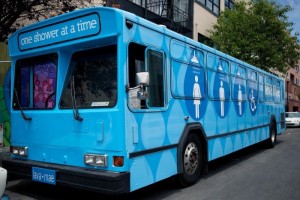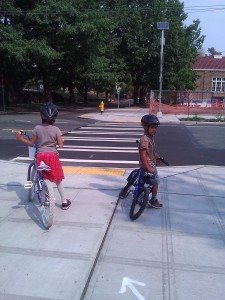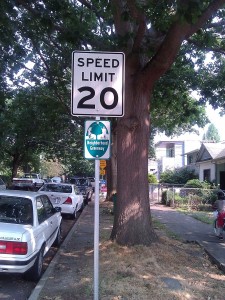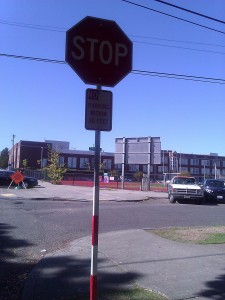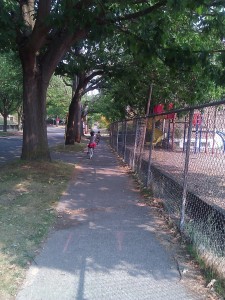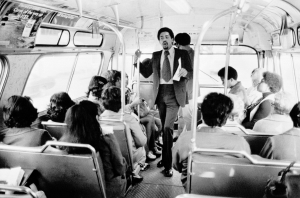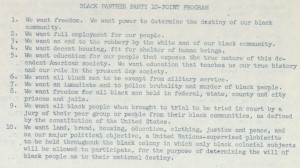What happens to old buses after they’ve outlived their usefulness as public transit providers? Most are sold at auction and used for parts. A handful are lovingly maintained by an all-volunteer nonprofit and used to provide unique, low cost excursions to the general public. (Ahem.) And apparently, others are given away through various agency donation programs.
Friends, today I learned about Lava Mae, a new nonprofit in San Francisco that is repurposing retired Muni buses in one of the most beautiful ways I could imagine: as mobile showers for homeless people.
This is Lava Mae’s charge: provide sanitation, assist in deterring potential public health problems, and perhaps most critically, provide a much needed service to help a population struggling to retain a sense of dignity and self worth.
In essence, Lava Mae seeks to solve a small piece of what the United Nations and World Health Organization define as, and Lava Mae believes is, a basic human right: access to water and sanitation.
Thank you, Doniece Sandoval, for using your compassion, creativity, and commitment to provide dignity and hope to those in need. I can’t think of a better use for a bus.

